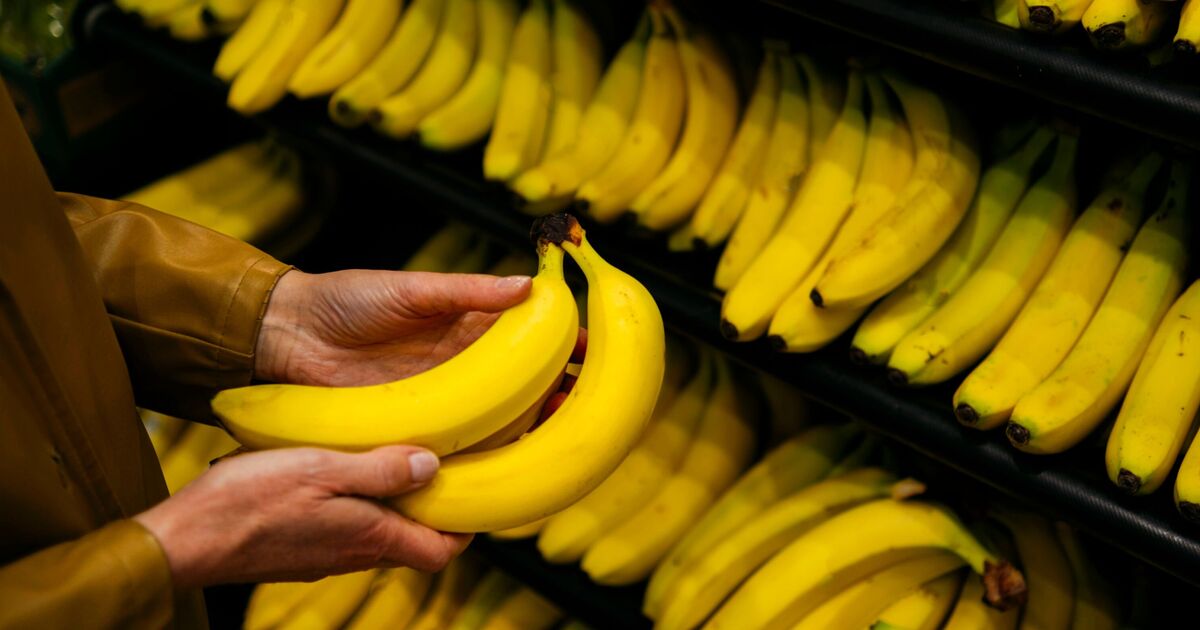
Chanel and JW Anderson show their resistance to global luxury downturn | Chanel
Published: 2025-07-08 16:28:41 | Views: 9
There was no designer to take a bow after Chanel in Paris, but the creative director, Matthieu Blazy – whose first show will take place in October – had already been at the sketchbook. “It is not his collection – but it is not happening without him either,” said Bruno Pavlovsky, the president of fashion at Chanel, before the show. “You will see his touch.”
Inside the Grand Palais sat fashion’s favourite popstars, Lorde and Gracie Abrams, alongside the outgoing American Vogue editor Anna Wintour. But instead of Karl Lagerfeld’s elaborate Warholian sets, the show space had been transformed into a salon based on Chanel’s first boutique, with butterscotch carpets and floor-to-ceiling mirrors.
A gold wheatsheaf was placed on each seat – and though not obviously rooted in nature, the shoulder-baring dresses, flat boots and the almost hippyish dropped-waist wedding gown that closed the show certainly had a pastoral simplicity to them, by couture standards.
The show began by playing with Chanel’s Chanel-ness: little box jackets and skirt suits – a look described by Vogue in 1964 as “the world’s prettiest uniform” – came updated in beige and black with jewelled buttons. During the jazz age, Coco Chanel made a case for the comfort of dropped waists; here, these were replaced by bare waists and belts.
More interesting were the looks that played around with the idea of a two-piece: wide legged mohair trouser suits came in robust plums, and hipster skirts with matching jackets. Known for his trompe d’oeil trickery, Blazy’s fingerprints were all over a suit with a jacket that appeared to be a jumper, and tweed that somehow resembled sheepskin.
Chanel is the second-largest luxury fashion brand in the world after Louis Vuitton. But even the biggest brands aren’t immune to the global luxury downturn which has hit most brands, and after a decade of global growth, its 2024 revenues were down 4.3%.
“Chanel is resisting quite well. Ready to wear is always growing, and that’s what matters. But [luxury fashion] is volatile and fragile at the moment,” said Pavlovsky, who is also the president of the French fashion industry’s governing body, the Fédération de la Haute Couture et de la Mode. He cited geopolitics, tariffs and the global economy, and “when the economy is difficult”, he said, “it’s the bags that [suffer]”.
South of the river, the most in-demand designer right now, Jonathan Anderson, had a different response to the luxury downturn: stopping fashion shows altogether. Speaking at a presentation for his namesake brand, the Northern Irish designer said he didn’t “want to be trapped by the show calendar any more. I am at Dior now, I want to focus on that”.
after newsletter promotion
This isn’t the end for JW Anderson, but rather a pivot towards lifestyle and homewares. From September, he will sell over 500 cherrypicked collectibles and heirlooms, including chairs, gold jewellery, art and even food. The idea is that items such as coffee-flavoured tea and restored gardening tools sourced from Garden and Wood become objects of desire that you didn’t even know you wanted. “We simply cannot produce things like this, that last that long – everything gets better with age,” he said.
There are clothes too, though most are newly improved versions of his “greatest hits”, and their label will state precisely where they were made. A navy kilt has new pockets – which kilts don’t usually have – and the resin pigeon clutch from 2022, once carried by Carrie Bradshaw, has been updated with a softer and more durable beak. His trademark rugby shirts come with fun new slogans.
The motivation is a reaction against the mass-produced and hyper-commercialism. “The idea is that when we launch it, we keep it in store. It’s not about high turnover,” Anderson said. “I want to make sure there’s a model that makes sense today – and this feels like a sustainable model.”
He’s not wrong. According to Vogue Business and the market research firm Euromonitor, the global home and garden market is set to grow 1.3% to $122bn (£90bn) this year.
The pieces will no doubt sell well. But what could be construed as a deliberate ploy to drum up customer Fomo is actually just a sensible reaction to the new world order – with a price to match. For £25, you can buy a jar of honey from Houghton Hall topped with traditional Norfolk linen made by the artist Max Mosscrop, while a large bag of branded tea is a snip at £30.
Source link







